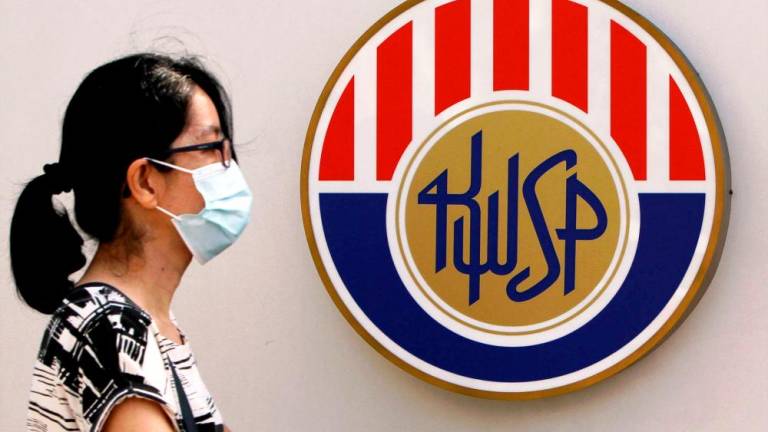WHETHER you’re just getting into the healthy lifestyle movement in order to feel better or live longer, or you have been doing so for quite some time, you will undoubtedly have heard about high-intensity interval training (HIIT) and Tabata.
If you’re looking for a workout that’s tremendously effective, quick, and most importantly, enjoyable, look no further! This article will explain to you the differences, comparisons and benefits of these specific training types.
HIIT (High-intensity interval training)
High-intensity interval training, also known as HIIT, is a cardiorespiratory training technique that involves short bursts of intense exercise followed by even shorter rest periods. A session of HIIT takes about 25 to 30 minutes (including a warm-up and a cool-down period), with repeated cycles.
The term “HIIT” can be used to encompass a variety of workouts that consist of short, intense bursts of movement followed by regular, brief intervals of rest. Instead of spending a half-hour or more performing moderate workouts such as running, the goal is to push yourself to the limit in a brief period of time.
This form of exercise gained popularity since it offers the ability to perform a solid workout in a short amount of time, and due to its efficiency, HIIT, which is recognised for its capability to burn fat, is now an integral part of the fitness world.
Any form of cardiovascular exercise, such as running, brisk walking, burpees, jumping jacks, as well as the use of equipment such as a stationary cycle, treadmill, stair climber, or even a rowing machine, can be used to execute the training.
Combining these exercises into HIIT is not only beneficial for weight reduction but also for cardiovascular health, without any training equipment. HIIT can be performed at home, in the park, at the gym – almost everywhere – as it doesn’t require much space. This type of exercise is convenient because it can be included in any lifestyle.

What is Tabata?
Tabata is a sort of HIIT. Tabata, named after its inventor, Dr Izumi Tabata, who initially utilised the protocol to train athletes in 1996, was originally created as a way to train Olympic speed skaters. Today it’s making a comeback, not only with Olympians but with people all around the world.
Dr Tabata designed the programme to improve the muscular strength and cardiorespiratory endurance of his skaters. He hypothesised that short, intense, high-intensity training sessions could result in gold medals.
Tabata only takes four minutes per session and attempts to produce the greatest effects in a short period of time. Each Tabata cycle consists of eight intervals of 20 seconds of hard exercise followed by 10 seconds of rest and lasts four minutes. Typically, a Tabata session lasts 20 minutes, but you can elect to perform fewer exercises for a shorter session.
In the first 20 seconds of Tabata, you exert approximately 80% to 90% of your energy. Then, you take a 10-second break. Again, repeat the exercise for 20 seconds and then rest for 10 seconds. Perform these intervals eight times for a total of four minutes to complete a Tabata.
Even two rounds (8 minutes total) of Tabata can be an efficient fat-burning and endorphin-releasing exercise, but as your fitness level increases, you can add more rounds. It is really simple, as it does not require extensive planning and can be customised to strengthen any area of the body.

The difference between Tabata and HIIT
The two biggest differences between Tabata and traditional HIIT workouts are the effort and format required, such as time. Look at the length and intensity of the intervals. Tabata training requires a crazy amount of effort to reach maximum exhaustion in just 4 minutes. HIIT training is more flexible.
The primary difference is in the amount of time spent working out and taking breaks. When you incorporate HIIT into your workouts, you can experiment with lengthier workouts, different rest intervals, and more complex exercises that may take longer to complete. Tabata training, on the other hand, maintains a 4-minute time limit and higher intensities.
Which is better, Tabata or HIIT?
Both HIIT and Tabata training will deliver great outcomes. Your results will depend on the activities you perform, your level of effort, and the length of your workouts. Additionally, you must analyse your objectives and fitness level.
You can increase the intensity of HIIT workouts by performing more rounds and more challenging activities. These exercises are more adaptable with regard to interval timing and repetitions.
If your schedule is packed and prefer shorter fitness routines, Tabata workouts may be a better choice. You can pick if you want to do one or more exercises.
Workouts can be modified to accommodate most fitness levels. They are meant to produce results as quickly as possible. The shorter recovery intervals will increase the intensity of the workout. In addition, you are exercising to the point of tiredness, which makes the workout more difficult.
It is always a matter of personal preference. What are your aims? Both exercises are advantageous to your health, but neither is superior to the other. However, if you frequently do the same exercises, you should consider switching between Tabata and other HIIT approaches so that your workouts continue to be beneficial to your whole body.










